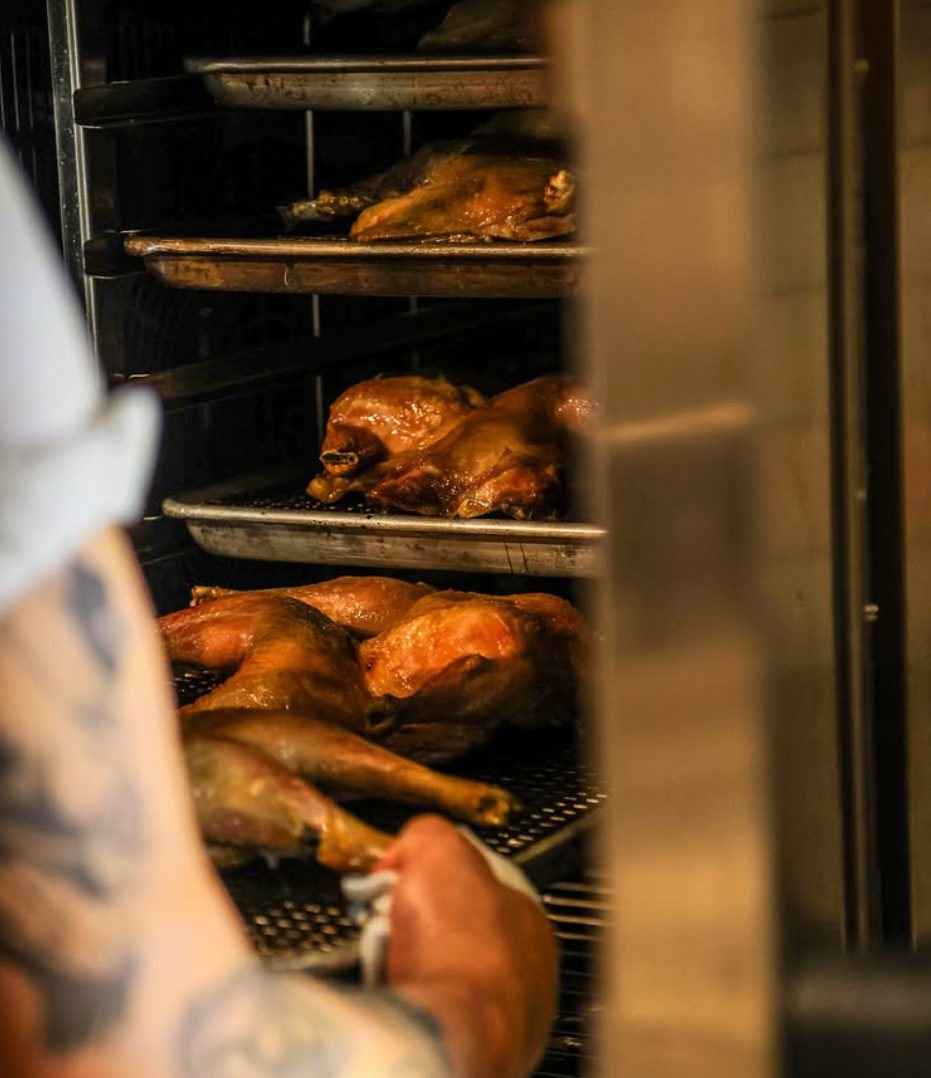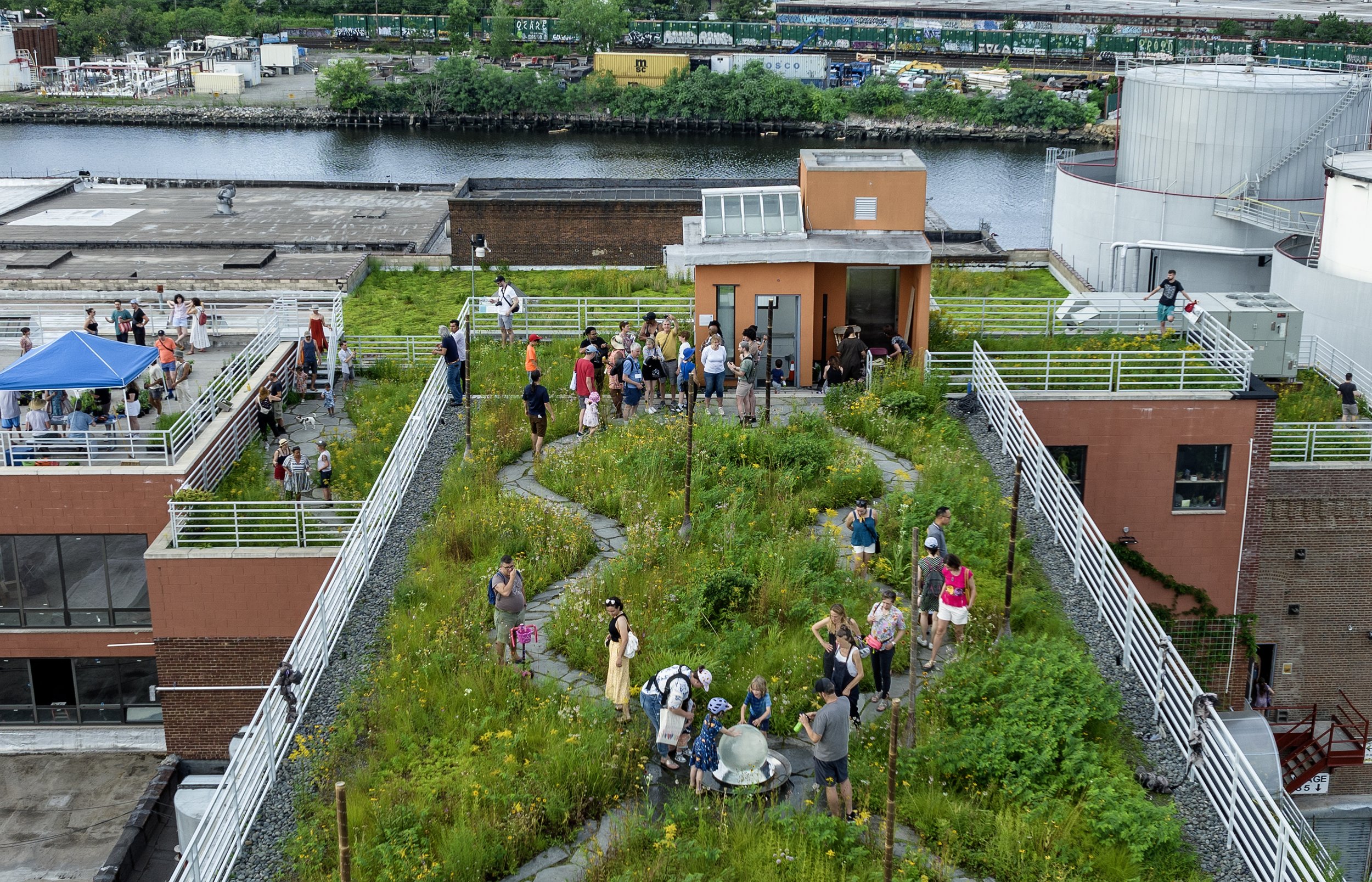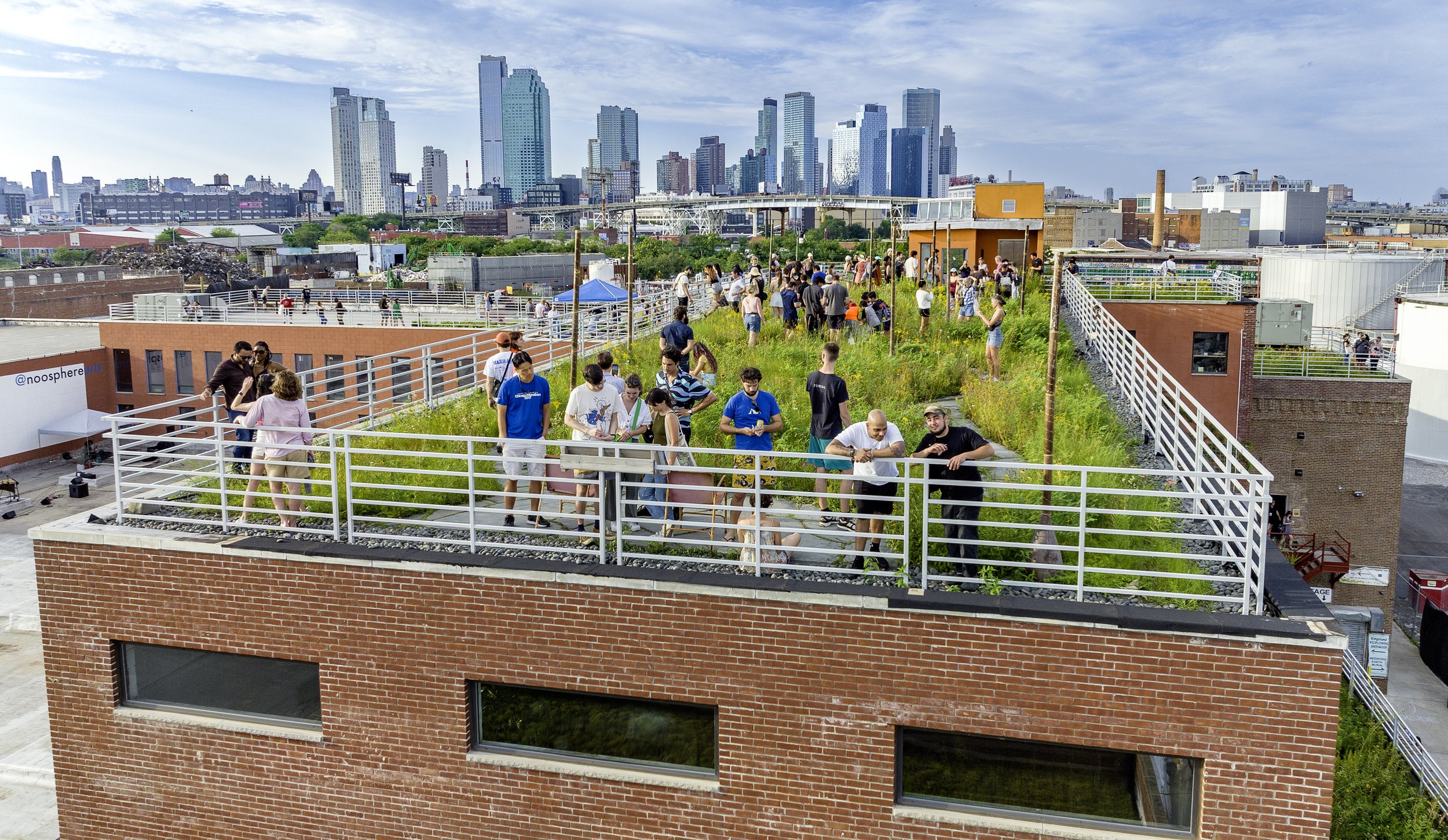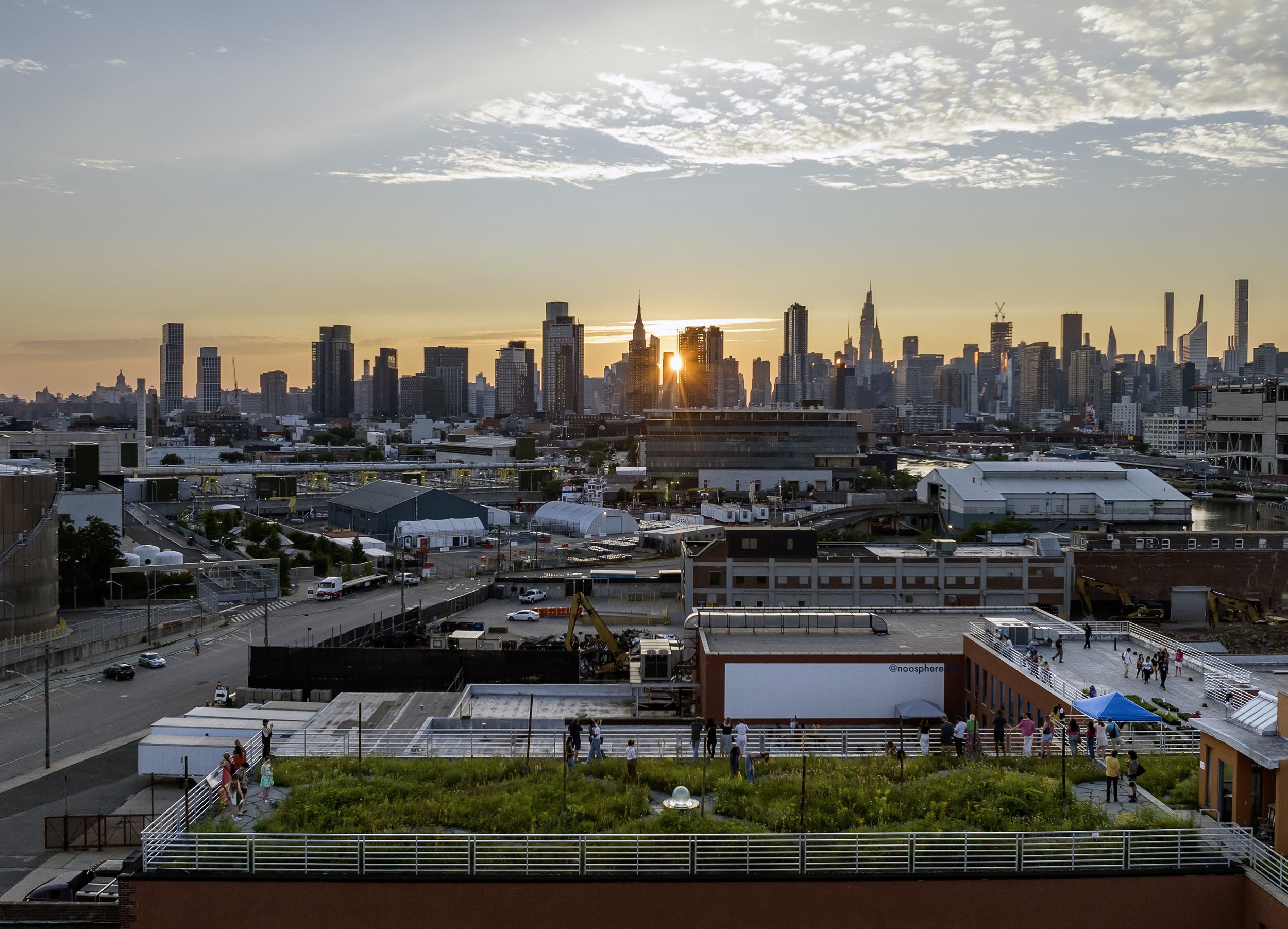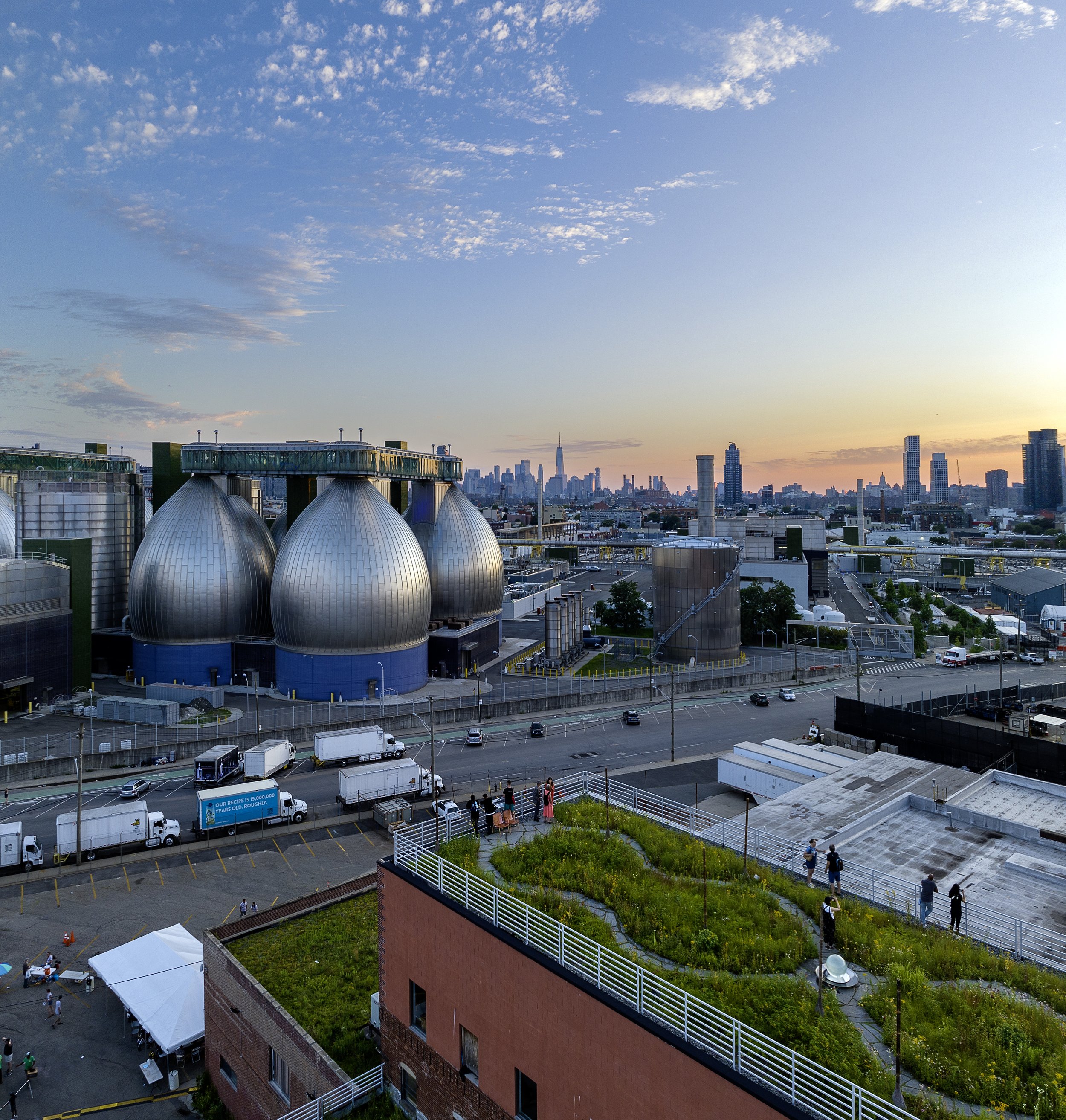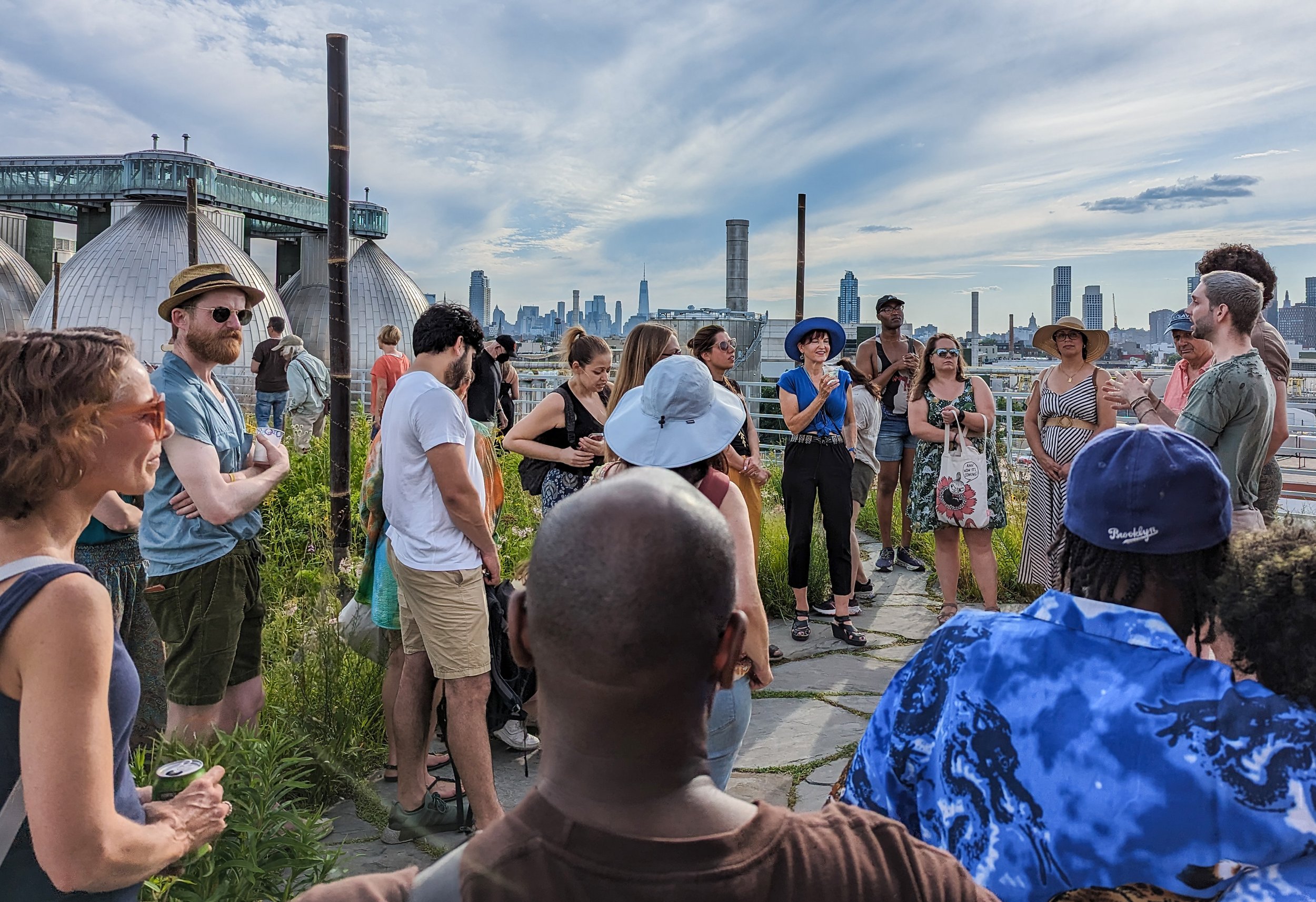Industry Organizations | Motion Picture Association
/As one of the premier studio production companies in New York, Broadway Stages works to meet the growing needs of the film and TV industry by providing soundstages and locations where filming can take place. But we are just one part of the comprehensive network of companies and individuals working to make productions come to life. There are also organizations that serve as bridges between these varied parties, encouraging collaboration and mutual support. In this series, we will take a look at these industry organizations to provide insight into their role in the film and TV industry. This week, we look at the Motion Picture Association.
What Is the Motion Picture Association?
With headquarters located in Washington, DC, the Motion Picture Association (MPA) is an American trade association founded in 1922 to ensure the viability of the American film industry. Today, it is the leading advocate worldwide for the film, television, and streaming industry. Its member studios are Netflix Studios, LLC; Paramount Pictures Corporation; Sony Pictures Entertainment Inc.; Universal City Studios LLC; Walt Disney Studios Motion Pictures; Warner Bros. Entertainment Inc.; and Prime Video & Amazon MGM Studios.







Under the leadership of chairman and CEO Charles Rivkin, the MPA is a leader in safeguarding intellectual property rights to protect its members' content across all screens. It also leads the way into the future by supporting innovative distribution models and trade policies that expand viewing choices to audiences worldwide. But its focus goes beyond the marketplace. The MPA champions the growing diversity of filmmakers and defends the creative and artistic freedoms of storytellers. Their headquarters facility also houses its own secret movie museum, 70-seat theatre, and showcases props from a number of famous movies. Learn more about the mission and history of the MPA building here.
What Does the Motion Picture Association Do?
When you mention the MPA to many people, their first thought is of movie ratings. In 1930, when the U.S. government threatened to censor the content being brought to the screen, the MPA countered by creating a list the members called the "Don'ts and Be Carefuls," based on items challenged by local censor boards. This list became known as the Hays Code after Will H. Hays, president of the MPA at the time. Later, in 1968, the code was replaced by a voluntary film rating system managed by the Classification and Rating Administration (CARA), an independent division of the MPA. It is a voluntary system that is not enforced by law. Films can be exhibited without a rating, although most theaters refuse to exhibit non-rated films.
As mentioned above, the MPA also plays a vital role in protecting members' content. With this goal in mind, it has established the Alliance for Creativity and Entertainment (ACE), a global coalition dedicated to protecting the dynamic legal market and reducing online piracy, and the Trusted Partner Network. This multifaceted framework upholds the integrity and security of media content.
Protecting content is essential to ensuring the financial stability of the film and TV industry. The MPA also advocates worldwide for policies that ensure a fertile market for production. This benefits both the MPA members and the communities where they create. The film and TV industry in the United States accounts for 2.74 million jobs and $17 billion in exports.
In addition to these efforts, the MPA actively fosters new technological advances that empower creators to give life to their stories and to transport audiences to new worlds. These efforts range from production, like innovation in special effects, to the viewing experience, such as 3D and 4D theaters. Beyond the theater, the MPA is embracing and developing ways to deliver content where, when, and on any device they want. Content creators now use more than 140 legal services to make film and TV content available online in the United States and more than 460 worldwide.
Finally, the MPA knows that the quality of its productions depends on the quality of its creators. With more points of view shared, audiences experience more vibrant and enlightening stories. Diversity produces more unique stories and reveals perspectives that otherwise would have been missed. This is a view Broadway Stages shares. As our President and CEO, Gina Argento, said, "At Broadway Stages, we value diversity and promote the inclusion of experiences, talents, and culture across our operations, and we support efforts to advance opportunities for women and minorities in the television and film industry and beyond."
As you can see, the MPA works to support and empower creators from all backgrounds, geographies, skills, and pursuits. Check out their Instagram and Facebook pages to see what the Motion Picture Association is doing today.
Learn about film and TV industry jobs, training, and more in the Broadway Stages’ Industry Resource Guide. Our guide provides information and links to put you in touch with industry-focused job posting sites; general recruiting sites; education and training programs; and state, city, and borough industry information. We also include a link to our blogs about many of the jobs that make a production come to life.


